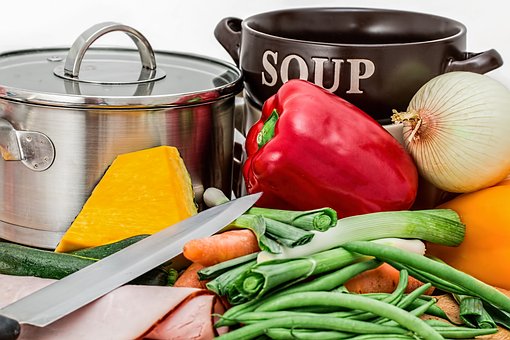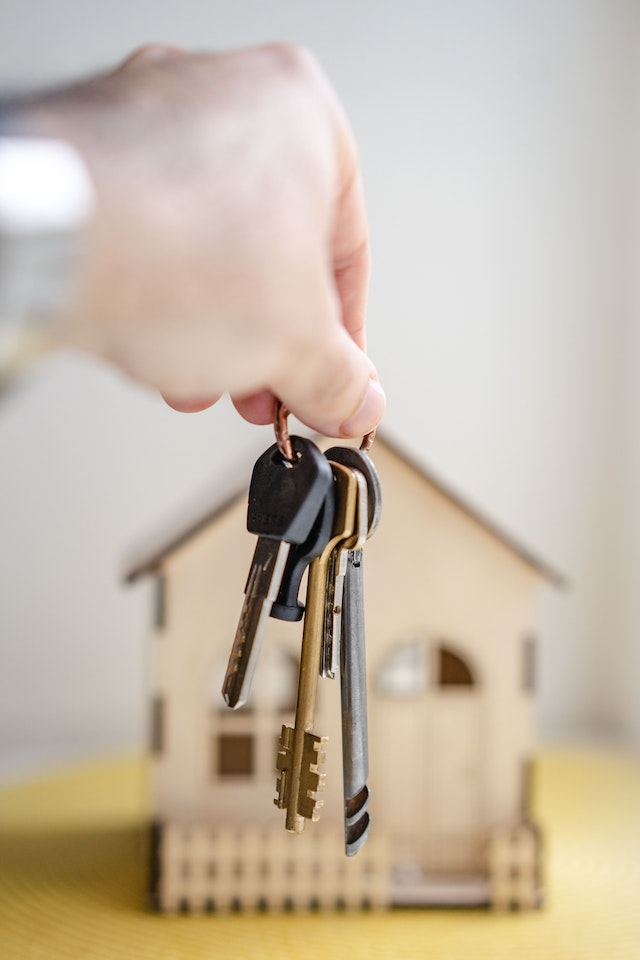
Now might be the ideal moment to start planning that relocation because the property market is busier than it has been in a long time. With so many potential buyers, you want to ensure that your house stands out while also getting the best price. If you feel you are ready to sell your home then there are some things you want to put in place to make sure it sells quickly and isn’t sat with a for sale sign outside for months and months. These are some great tips to help your property stand out.
Deep-clean the home
Initial impressions are important. Don’t let unpleasant odours, filthy flooring, or dusty surfaces have a negative impact on potential buyers. Give your home a thorough cleaning before advertising it (and continue to do so during the selling process). This entails scrubbing bathrooms, wiping down counters, mopping floors, washing rugs, and cleaning the toilets. To make certain that your house is in tip-top shape, think about hiring experts.
Set a fair price
Don’t let the agent who promises to sell your house for the highest price influence you. Although it could be alluring, overpricing the property will just drag out the process and force you to lower the price at a later date. According to a recent study we conducted, your chances of selling your house were doubled if you sold it for the initially published asking price. Also look at what others think, so looking at these ratings may want you to sell with top-reviewed people who will be able to get you a good and fair price.
Establish Curb Appeal
Your house needs to leave a strong first impression. You want potential buyers to believe certain things when they approach your house “Wow! I could live right here!” Make sure the outside of your property is kept up, clean, and appealing to encourage purchasers to check out the interior. Maintaining the yard includes keeping the grass mowed, edging the pathways and paths, maintaining the flowers and plants, and touching up or totally repainting the trim. You never know when interested shoppers will pass by.
Let the light in
Upgrade your light fixtures, install more fixtures, and leave all lights on during viewings because the light is very important to purchasers. More light may be brought in by simply cleaning the windows and making sure that the blinds and drapes are drawn all the way back and not blocking the sun. Cut, remove, or prune any trees or plants that cast too much shade. Light-reflecting finishes like light-coloured walls, floors, and ceilings help give the impression that a space is larger.
Protect valuables
Keep your possessions hidden, whether they are works of art or jewels, by locking them away or storing them elsewhere. Even when you’re trying to sell your home, you can’t always trust the people that come in. There isn’t much a seller can do to recover items that have disappeared during an open house. Be careful to conceal your valuables or to relocate them to a secure location outside of your home.



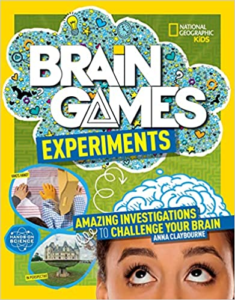
 Just Joking Science
Just Joking Science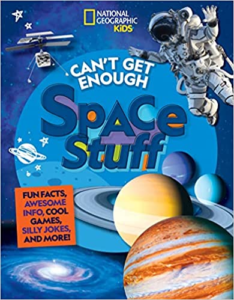
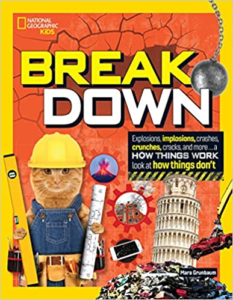 Break Down
Break Down Izzy Newtown and the S.M.A.R.T Squad Series (ages 8-12, hardcover) by Valerie Tripp
Izzy Newtown and the S.M.A.R.T Squad Series (ages 8-12, hardcover) by Valerie Tripp
